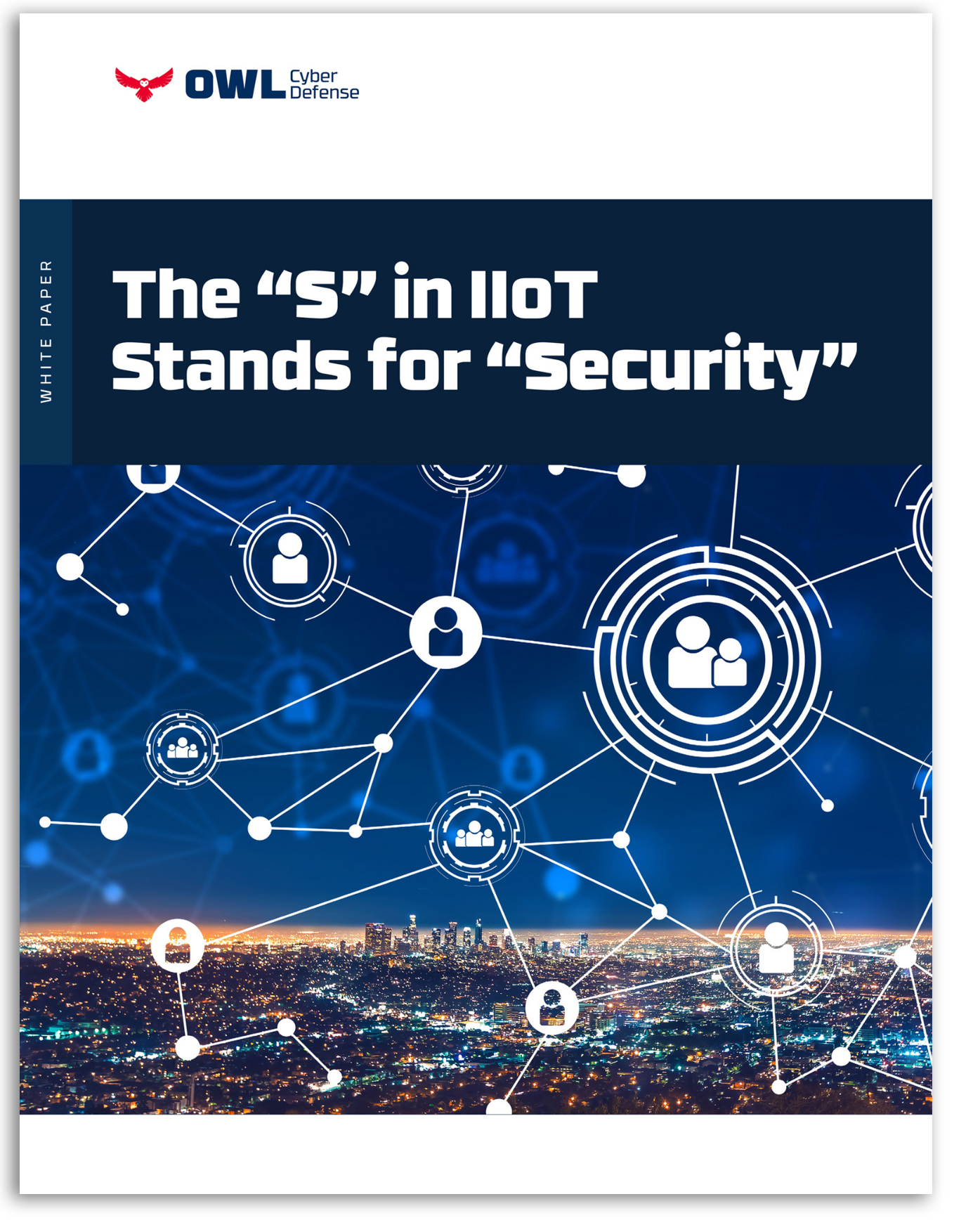DOWNLOAD RESOURCE ↓
Introduction
As you probably know, “IoT” stands for “Internet of Things,” which generally refers the digital systems and devices that are connected to the internet, but also potentially to each other and the cloud. The IoT initially encompassed business and consumer devices like GPS, cell phones, webcams, and smart TVs, but has grown to include PLCs, manufacturing robots, building automation, traffic controls, security systems, and more – sometimes referred to as the “IIoT” or “Industrial Internet of Things.” What you may not know is the “S” in that acronym stands for “Security.”
What’s that? You don’t see an S? That’s because it’s not there.
Despite years of experts calling out their issues, seemingly endless identified vulnerabilities, and numerous papers (not unlike this one), most IoT and IIoT devices are still egregiously lacking in security.
But Why?
Many of these connected devices are not built with cybersecurity in mind, meaning that in those cases, it was not even an afterthought. However, the reasons behind lax security in the IoT can vary widely, and the IIoT has its own unique, deep-rooted issues – from lack of investment to the inherent differences in OT and IT environments.
This paper will review a brief history of the IoT/IIoT, investigate the causes and influencing factors behind the current state of insecurity in the connected world of digital devices, and finally explore the technologies, solutions, and best practices to secure the IoT.
To Read More, Download the Full White Paper:

